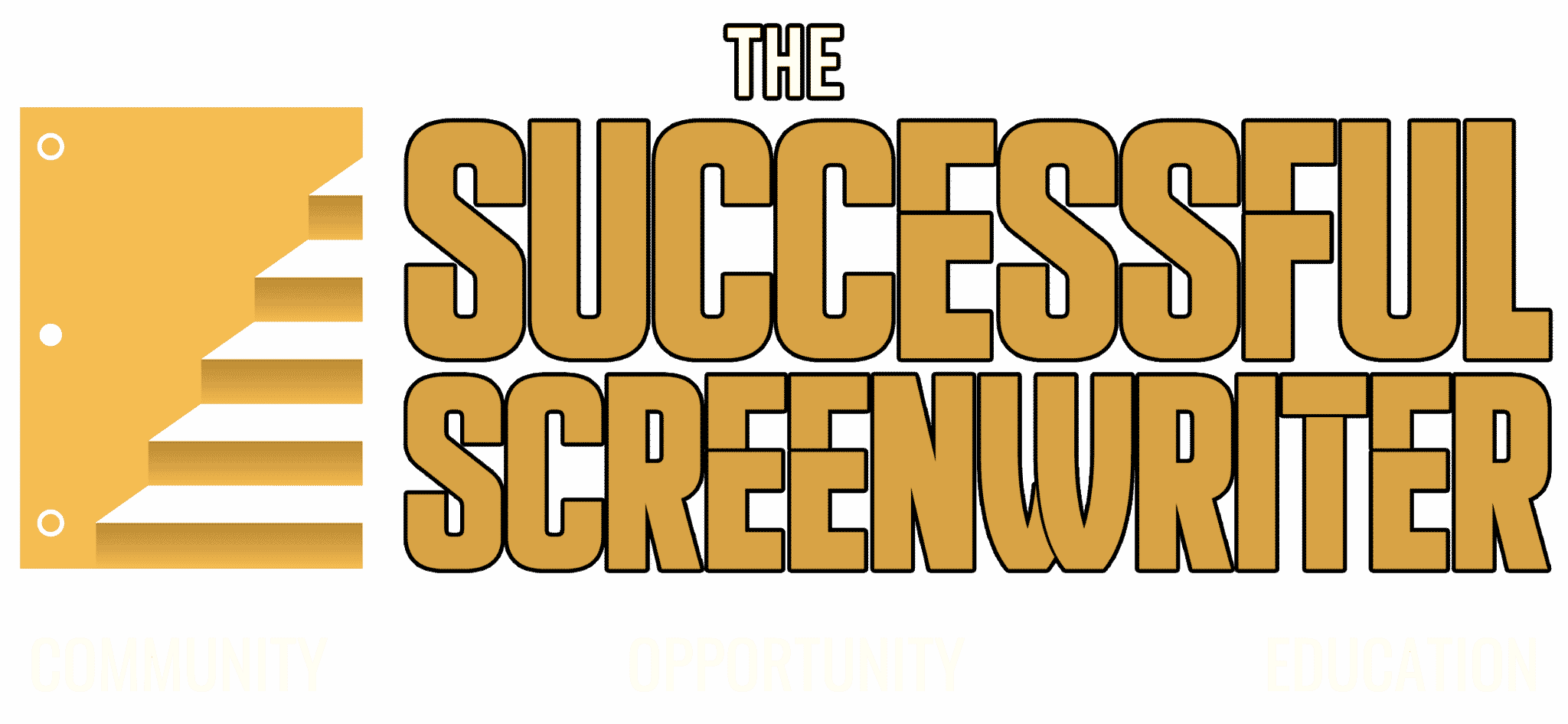Hello, fellow storytellers! As we journey through the craft of screenwriting, it’s crucial to recognize that this art form is as dynamic as the stories we tell. One common question I encounter from emerging screenwriters revolves around the use of “CONTINUOUS” in scene headings. Let’s unpack this, delve into other evolving conventions, and explore how you can find and refine your unique voice in the vast world of screenwriting.
The Evolution of “CONTINUOUS”
Traditionally, “CONTINUOUS” in a scene heading was used to indicate that the action in the script moves from one location to another without any lapse in time. For example:
INT. OFFICE - Geoffrey types at his computer as he devours a cheese danish. His stomach grumbles. He leaps up and heads to the...
RESTROOM - CONTINUOUS Geoffrey rushes in realizing he's lactose intolerant.
However, the screenwriting landscape is continually evolving, and what was once a staple can become passé. Many modern screenwriters and readers find “CONTINUOUS” unnecessary, as the flow of action can be understood from the context and progression of scenes. Screenwriting today favors brevity and clarity, removing redundant terms to streamline the reading experience.
Other Screenwriting Terms and Trends That Have Evolved
As screenwriting evolves, so do its conventions. Here are a few terms and practices that have seen a shift:
- Establishing Shots: Once a common practice to explicitly note when we visit a new scene now is deemed unnecessary. Writers are encouraged to cut to the next scene later instead of establishing where they are.
- More and Con’td: Both used to denote when a characters dialogue is split between action or a new page. Neither of these are used much anymore as it can disrupt the flow for the reader.
- Using CAPS for Sound Effects: While still in use, the trend is toward minimalism, capitalizing only when the sound significantly impacts the story.
New Trends in Screenwriting
Screenwriting is not just shedding old skin; it’s also embracing new practices:
- Bolding Scene Headers: A trend that has gained traction for its ability to help important scene changes stand out, making scripts easier to skim for producers and readers.
- Bolding Characters on Their First Intro: Similar to scene headers, bolding character names upon their first introduction can help highlight new characters, making the script more accessible.
Finding Your Own Voice
While it’s essential to stay updated with the trends and conventions of screenwriting, it’s equally important to find and nurture your unique voice. Here’s how:
- Be an Avid Reader and Viewer: Consume a wide range of scripts and films. Understand what resonates with you and why.
- Experiment: Don’t be afraid to try different styles and conventions. See what works best for your storytelling.
- Your Toolbox, Your Rules: Inspired by a famous screenwriter? Great! Take what you admire about their style and adapt it into your toolkit. Remember, it’s not about copying—it’s about making it your own.
- Feedback Is Gold: Share your work with trusted peers and mentors. Constructive criticism is invaluable in refining your voice.
Conclusion
Screenwriting, like any creative endeavor, is in constant flux. As we move forward, it’s exciting to see how conventions evolve and new trends emerge. Remember, while it’s important to understand the rules and trends, they are not ironclad. The heart of screenwriting lies in storytelling and your unique voice as a writer. If you need more help, check out the complete formatting section in my book, “The Guide For Every Screenwriter.” It includes easy-to-follow notes and even a sample script for you to reference!
Want more? Check out these free screenwriting resources!
Gain instant access to a wealth of resources tailored to elevate your craft and help get your work noticed:
- Over 100 Screenplays: Immerse yourself in our vast library of critically acclaimed films.
- Interactive Forums: Join discussions with fellow writers and industry experts.
- Logline Builder: Craft compelling pitches that grab attention.
- Industry Insights: Benefit from interviews and workshops with professionals.
- Script Requests by Producers: Get your script in front of the eyes that matter with exclusive leads and requests from our sponsor at InkTip.
Seize the opportunity to transform your screenplay from good to unforgettable, all at no cost to you.
Join for Free Now – Your script deserves the spotlight. Let’s make it happen.

